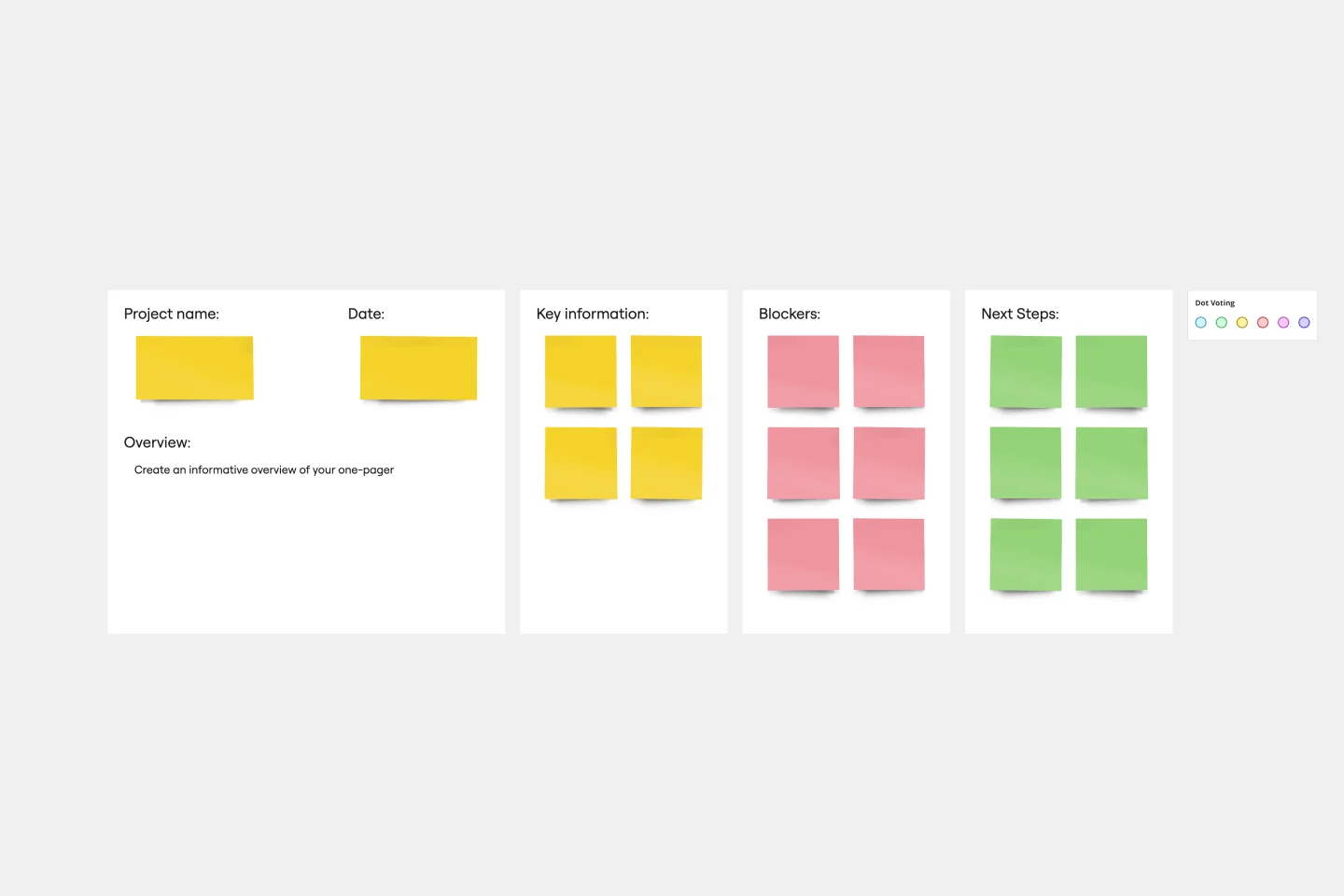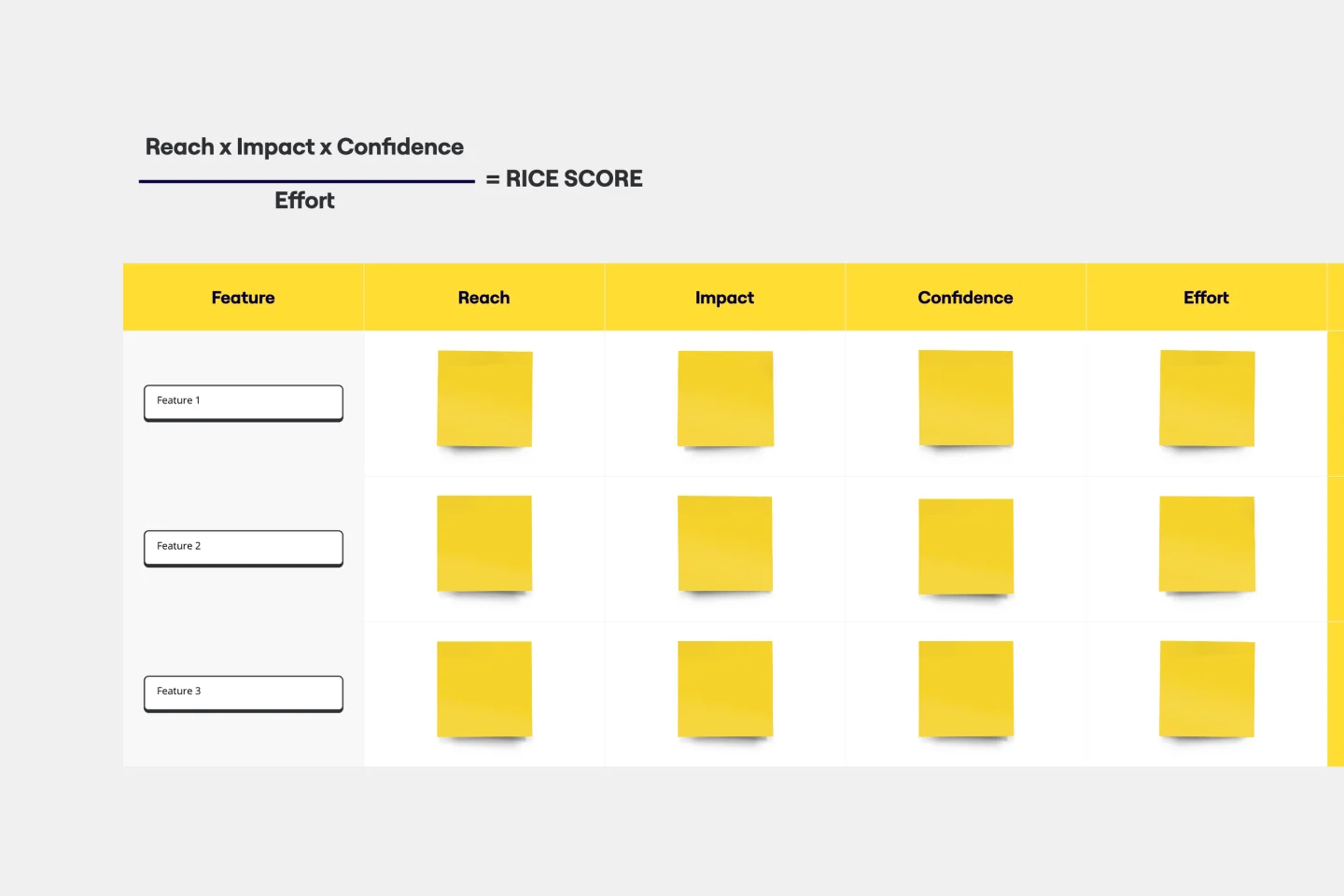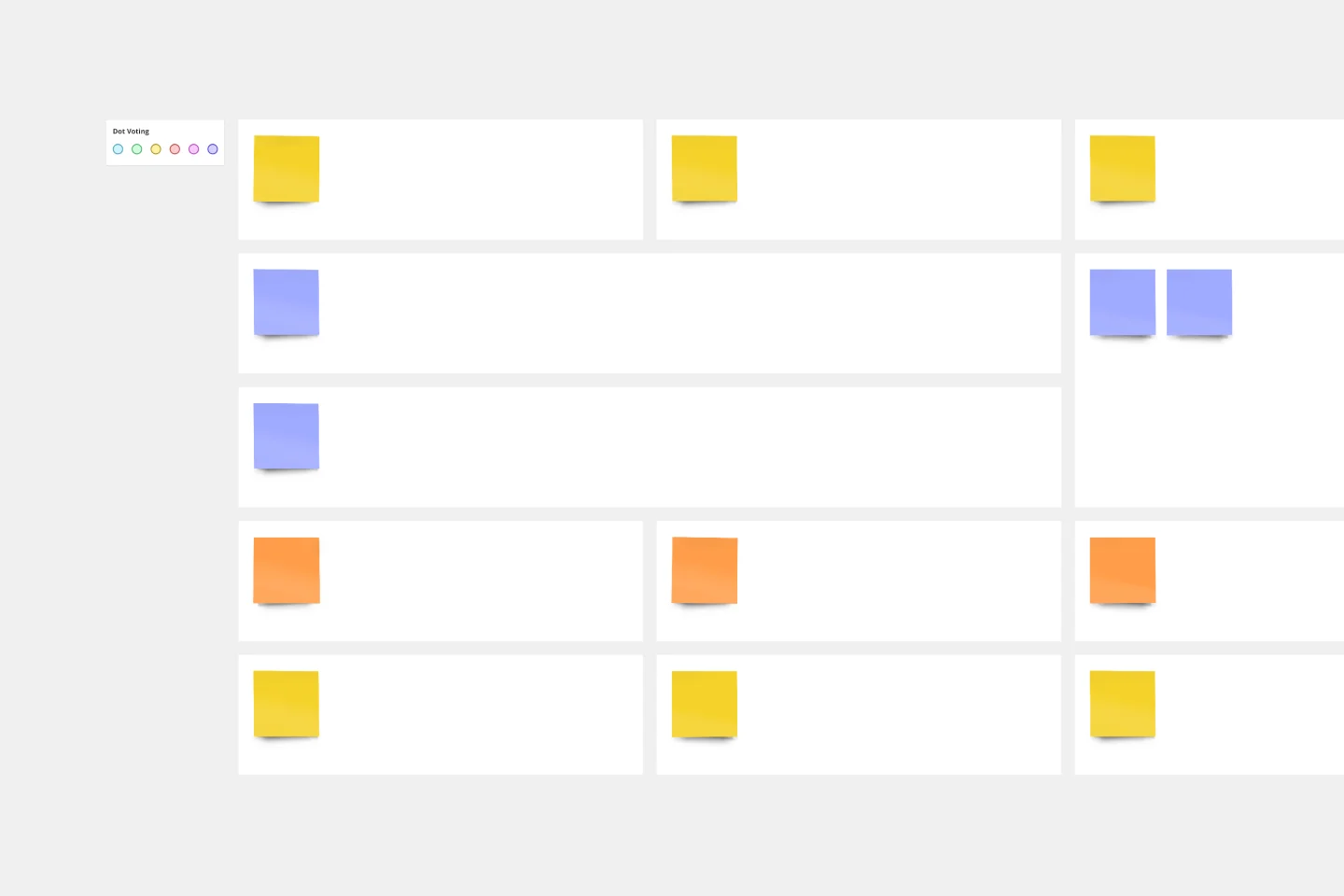About the Weekly Project Status Report Template
A clear reporting structure is crucial for managing a project. Without it, deadlines may be missed, and important details may be overlooked. The weekly project status report template is essential for project managers and teams. Its structured layout allows for effective communication of progress, ensuring that all stakeholders are up-to-date and aligned with the project's current state and future trajectory. By providing a snapshot of the project's health, this template enables everyone involved to stay on track and achieve the desired outcome. The template is comprehensive and easy to use, making it a valuable resource for any project.
The template is a comprehensive framework designed to capture the essential elements of project progress. It includes:
Please find below a list of key information that should be included in a project report:
Project name: Identify the name of the project.
Project manager: Mention the name of the person leading the project and responsible for its delivery.
Period covered: Specify the week or period for which the report is being prepared.
Project code: Provide a unique identifier for the project.
Date of status entry: Mention when the status report was created or updated.
Project date of completion: Provide the expected or revised date when the project is expected to finish.
Project status this week: Give a high-level overview of the project's current status.
Milestones: List any key achievements or critical junctures during the reporting period.
Each section is designed to be intuitive and easy to fill out, ensuring that compiling the report is as efficient as possible.
How to use the weekly project status report template in Miro
Here are some clear instructions on how to use our template effectively:
Customize the template: You can easily edit the text fields by clicking on them and updating the project information, such as name, dates, and current milestones.
Expand as needed: To add more space or additional sections to the template, simply drag the corners of the template.
Add artifacts: You can enrich your report by dragging and dropping files, links, or images onto the board to provide more context.
Share and collaborate: Invite your team members to view or edit the template and collaborate in real time.
The template is designed for ease of use, allowing quick edits and updates ensuring that the project status is always current and accessible.
Why should you use a weekly project status report template?
There are several key benefits to using a weekly project status report template:
Streamlined communication: It standardizes how updates are communicated to stakeholders, ensuring clarity and consistency.
Time-saving: Providing a pre-structured report format saves project managers time, allowing them to quickly input the necessary information.
Increased transparency: It offers all team members a clear view of project progress, facilitating better decision-making and accountability.
Improved focus: It highlights important milestones and status updates, helping teams stay focused on critical tasks.
Documented progression: It serves as a record of project progression, useful for post-project reviews and planning future projects.
Weekly Project Status Report Template FAQs
Can the template be customized for different project types?
Yes, the template is fully customizable. Sections can be edited, removed, or added to fit the unique requirements of any project.
Is it possible to track multiple projects with this template?
While the template is designed for a single project, multiple instances can be used in tandem to track several projects on one board or separate boards for individual reporting.
How can stakeholders access the report?
Stakeholders can be invited to view or collaborate on the report directly within the platform, ensuring they always have the most up-to-date information.
Are there any integrations available for the template?
The platform supports a variety of integrations that can enhance the template's functionality, such as linking to calendars, project management tools, and document storage solutions.

Miro
Your virtual workspace for innovation
Miro is an innovation workspace designed for teams of every size, everywhere, to dream, design, and build the future together. Our mission? To empower these teams to create the next big thing, powered by AI at every step of the way. Over 90 million users around the world rely on Miro to untangle complex ideas, put customer needs first, and deliver products and services faster. All supported by best-in-class security, compliance, and scalability.
Categories
Similar templates
One Pager Template

One Pager Template
One-page project summaries are essential tools for synthesizing complex information into a clear and concise format. They offer significant benefits by enhancing team alignment. By distilling the core elements of a project or idea onto a single page, these summaries facilitate a shared understanding among team members and stakeholders. This shared understanding is crucial, especially in fast-paced environments where clarity and quick comprehension of key project aspects can dramatically improve decision-making and coordination. The structured yet flexible design of these summaries allows teams to focus on what truly matters, reducing miscommunication and increasing the efficiency of project execution.
Project Presentation Template

Project Presentation Template
Use our Project Presentation Template to provide an overview of your upcoming project. Get buy-in from investors, keep stakeholders in the loop, and show colleagues your plan of action.
RICE Prioritization Template

RICE Prioritization Template
Teams use the RICE framework to prioritize the best course of action for their business. Using the model, you assign a RICE score to different ideas and tasks. This score tells you whether that item is something to prioritize. As a result, you make better-informed decisions about growing your business.
Project Status Report Template

Project Status Report Template
When a project is in motion, the project manager must keep clients and shareholders updated on the project’s progress. Rather than waste time with constant meetings, leaders can send out weekly or daily project status reports to keep everyone informed. You can use the Project Status Report Template to streamline the report creation and distribution process.
Project Scope Template

Project Scope Template
A project scope helps you plan and confirm your project’s goals, deliverables, features, functions, tasks, costs, and deadlines. A project manager and team should develop a project scope as early as possible, as it will directly influence both the schedule and cost of a project as it progresses. Though project scopes will vary depending on your team and objectives, they generally include goals, requirements, major deliverables, assumptions, and constraints. Aim to include the whole team when you create a project scope to ensure everyone is aligned on responsibilities and deadlines.
Project Proposal Template

Project Proposal Template
For any type of project, the Project Proposal template can be a crucial step toward clarifying the context, goals, and scope of a project to get stakeholder buy-in. A project proposal outlines what you want to accomplish, your goals, and how you plan to achieve them. Generally, a project proposal gives the reader some context on the project, explains why it is important, and lists the actions that you will take to complete it. Project proposals have myriad uses. Often, businesses use project proposals to get external buy-in from a donor or outside stakeholder. But many companies draw up project proposals for internal buy-in too.
Project Planning Template

Project Planning Template
A project plan is a single source of truth that helps teams visualize and reach project milestones. Project plans are most useful when you outline the project’s “what” and “why” to anyone who needs to give you project buy-in. Use a project plan to proactively discuss team needs; expectations; and baselines for timeline, budget, and scope. The plan will also help you clarify available resources before you kick off a project, as well as expected deliverables at the end of the project.
Project Canvas Template

Project Canvas Template
A project canvas is a management tool that helps you summarize, visualize, and share all necessary information about your project. It can be used by all team members—from facilitators to project management professionals—at every stage of project development. The project canvas template allows you to keep all stakeholders in the project development process in the loop. By using a single platform for all project-related discussions, you can build a clear project overview and improve collaboration.
One Pager Template

One Pager Template
One-page project summaries are essential tools for synthesizing complex information into a clear and concise format. They offer significant benefits by enhancing team alignment. By distilling the core elements of a project or idea onto a single page, these summaries facilitate a shared understanding among team members and stakeholders. This shared understanding is crucial, especially in fast-paced environments where clarity and quick comprehension of key project aspects can dramatically improve decision-making and coordination. The structured yet flexible design of these summaries allows teams to focus on what truly matters, reducing miscommunication and increasing the efficiency of project execution.
Project Presentation Template

Project Presentation Template
Use our Project Presentation Template to provide an overview of your upcoming project. Get buy-in from investors, keep stakeholders in the loop, and show colleagues your plan of action.
RICE Prioritization Template

RICE Prioritization Template
Teams use the RICE framework to prioritize the best course of action for their business. Using the model, you assign a RICE score to different ideas and tasks. This score tells you whether that item is something to prioritize. As a result, you make better-informed decisions about growing your business.
Project Status Report Template

Project Status Report Template
When a project is in motion, the project manager must keep clients and shareholders updated on the project’s progress. Rather than waste time with constant meetings, leaders can send out weekly or daily project status reports to keep everyone informed. You can use the Project Status Report Template to streamline the report creation and distribution process.
Project Scope Template

Project Scope Template
A project scope helps you plan and confirm your project’s goals, deliverables, features, functions, tasks, costs, and deadlines. A project manager and team should develop a project scope as early as possible, as it will directly influence both the schedule and cost of a project as it progresses. Though project scopes will vary depending on your team and objectives, they generally include goals, requirements, major deliverables, assumptions, and constraints. Aim to include the whole team when you create a project scope to ensure everyone is aligned on responsibilities and deadlines.
Project Proposal Template

Project Proposal Template
For any type of project, the Project Proposal template can be a crucial step toward clarifying the context, goals, and scope of a project to get stakeholder buy-in. A project proposal outlines what you want to accomplish, your goals, and how you plan to achieve them. Generally, a project proposal gives the reader some context on the project, explains why it is important, and lists the actions that you will take to complete it. Project proposals have myriad uses. Often, businesses use project proposals to get external buy-in from a donor or outside stakeholder. But many companies draw up project proposals for internal buy-in too.
Project Planning Template

Project Planning Template
A project plan is a single source of truth that helps teams visualize and reach project milestones. Project plans are most useful when you outline the project’s “what” and “why” to anyone who needs to give you project buy-in. Use a project plan to proactively discuss team needs; expectations; and baselines for timeline, budget, and scope. The plan will also help you clarify available resources before you kick off a project, as well as expected deliverables at the end of the project.
Project Canvas Template

Project Canvas Template
A project canvas is a management tool that helps you summarize, visualize, and share all necessary information about your project. It can be used by all team members—from facilitators to project management professionals—at every stage of project development. The project canvas template allows you to keep all stakeholders in the project development process in the loop. By using a single platform for all project-related discussions, you can build a clear project overview and improve collaboration.